Mango Tree Problems, Insects and Diseases
A mango tree can reach a height of 100 feet or more, with a canopy of 35 feet or more, and can become quite enormous. A number of insects and diseases attacked on mango trees. Here you will be able to search out different mango tree problems, insects and diseases.
Mango Tree Problems
Malformation
Deformity is a genuine danger to mango culture in Pakistan. It influences both the vegetative parts and the inflorescence. Deformed branches show hindered development, with little and bunchy leaves; this issue is along these lines called ‘bunchy top’. Contorted inflorescences become unabated past the sprouting season and at times keep becoming even until November. The vast majority of the blossoms on deformed inflorescences are male and natural product is barely at any point acquired from them.
This issue is available in pretty much every plantation in the country, ‘Yith variable power. The reason isn’t yet known; however, infections, parasites, bugs, and lack of components have all been considered as potential causes. Great management decreases the issue somewhat.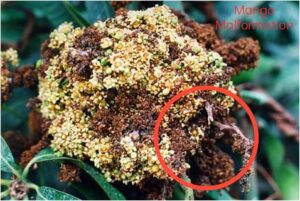
Alternate Bearing
A large portion of the business assortments of mango tend to produce crops in another or biennial example. The variables influencing it are natural, physiological, and hereditary. Natural components like ice, substantial downpours, hail, infections, and creepy crawlies at blossoming cause weighty harm, which brings about a light yield on the tree that year. In this way food collects in the tree, which might actuate a guard crop the following year. This weighty harvest depletes the tree, and it not ready to recover relatively soon. As a result, it again delivers a light harvest and a cadence might be set up in any case routinely bearing trees.
Substitute bearing might be physiological, because of an unevenness in the carb nitrogen proportion, inadequacy of certain. minerals, more shoot development in one year and less in the following, advanced age of the tree, and low force of blossoming. It is likewise attempted to be a hereditary jumble since certain assortments like Totapari, Romani, Fazli, Neelum, and Kelepad bear consistently, while all business assortments of Pakistan have the biennial bearing propensity. There is no settled control measure, however worked on social practices counting deblossoming, ringing and supporting, and control of nuisances and diseases are useful in decreasing the issue.
Read Also: Apple tree development
https://mianfarms.com/apple-tree-development/
Insects and Diseases
There bend numerous creepy crawlies and illnesses which assault the natural product, inflorescence, twigs, and underlying foundations of mango. The most genuine are talked about here.
Mango Hopper
Additionally, called am ka tela, this is a hopping bug which makes a clamor on the leaves when the populace is extraordinary. It is a very genuine danger to mango; the harm is excessively extraordinary such that if the issue isn’t seen in time the entire plantation might be desolate. The bugs suck the sap from the leaves and panicles as its assault matches with the hour of sprouting. It is a more significant danger with thick manor. Diminishing of the plantation for great light additionally decreases the creepy crawly populace.
To save the natural product, splashing insect poisons in any event, during the initial 15 days of blossoming is valuable. Pre-blooming splash from mid-December to late January is accomplished for complete control of the bug.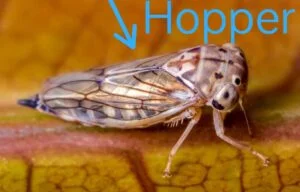
Mango mealybug
This is another significant vermin which causes weighty misfortunes to the tree and the harvest. The sprites of the female creepy crawlies suck sap from the panicles and leaves. They creep up the tree during February and feed there until May; then, at that point, as the temperature rises, they move down and discover cover in breaks in the dirt and pass on there. The female is loaded up with eggs which bring forth one year from now and again cause harm.
Control of the mealybug is conceivable just through a progression of deliberate endeavors like annihilation of eggs during November-December, by putting elusive and tacky groups on the fundamental stem to stop their slithering on the tree, and tidying and showering of insect sprays during different phases of creepy crawly movement.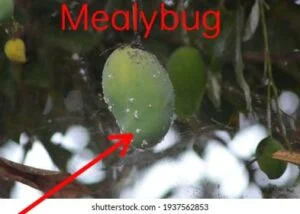
Anthracnose
This is an exceptionally normal and far and wide contagious infection of mangoes, generally normal on Samar Bahisht. It makes a ton of harm the twigs, leaves, panicles, and natural product. Seriousness increments with extreme downpours and timidity, with shedding of leaves and blossoms, and youthful natural product drop. Natural product can’t be transported, as it decays before long picking. The illness can be con-savaged by ideal splashing of copper-based fungicides.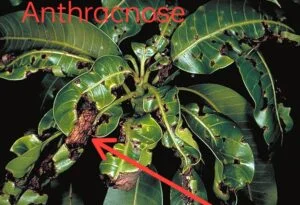
Powdery mildew
This infection has arisen as a genuine danger to mangoes during late years. It spreads quickly during warm, sticky climate, also, pervasiveness of such climate during blossoming causes substantial harvest misfortune. It assaults the inflorescence, which looks purplish with a sprinkling of white organism. The panicles dry out, and the blossoms drop totally without setting any yield. The sickness can be constrained by a splash of Bordeaux blend previously or during sprouting.
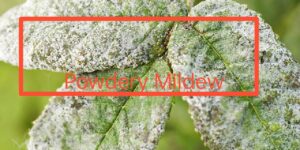
So, these are the main mango tree problems, insects and diseases.
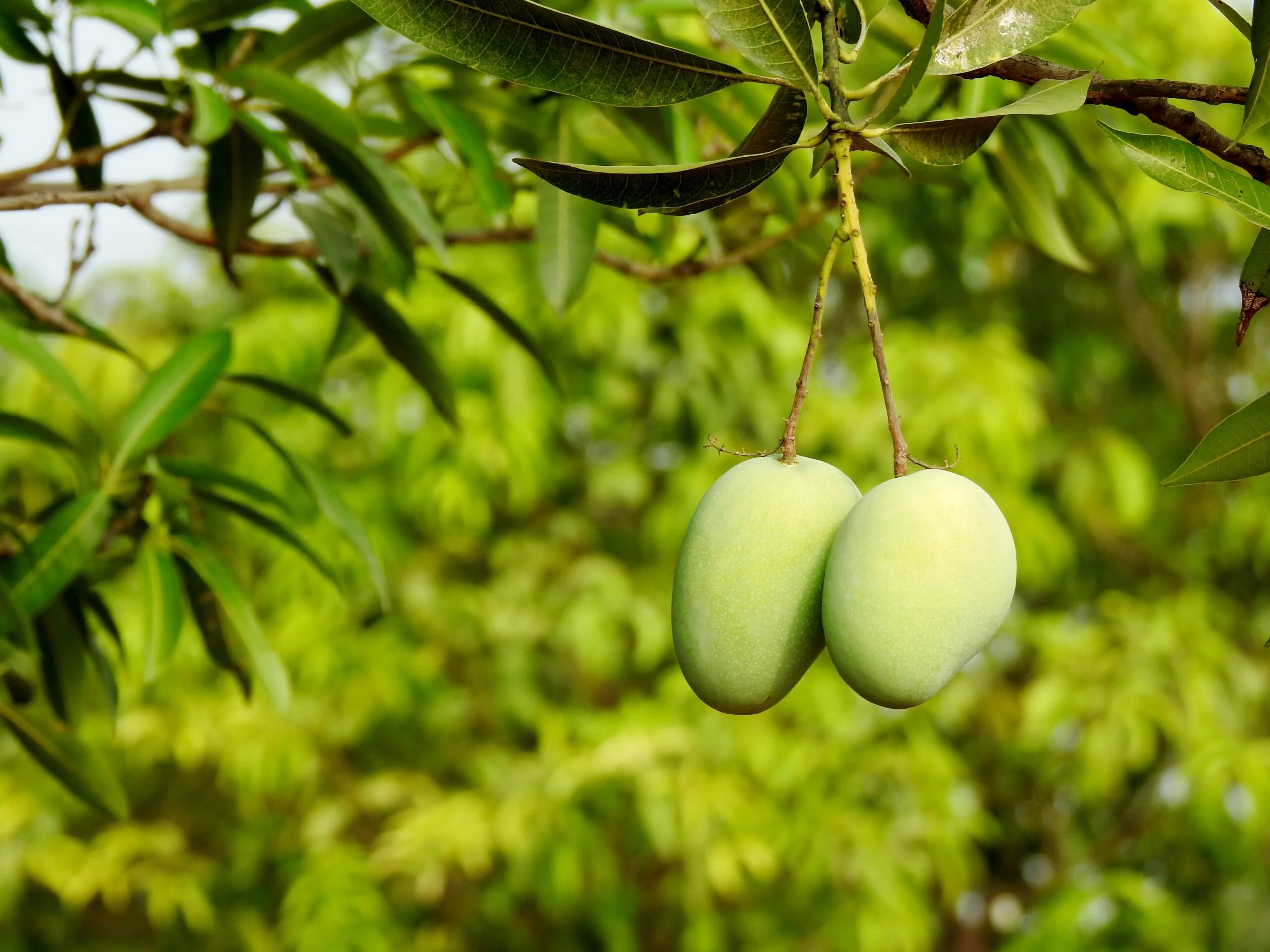
Well done. Nice writing and really informative. Keep it up!
I am a student of BAK College. The recent paper competition gave me a lot of headaches, and I checked a lot of information. Finally, after reading your article, it suddenly dawned on me that I can still have such an idea. grateful. But I still have some questions, hope you can help me.